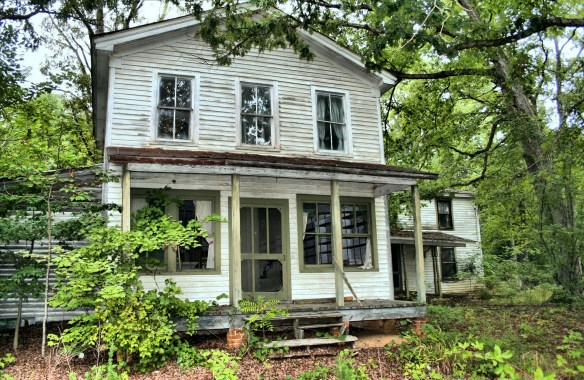The Center for American Progress has released Creating Safe and Healthy Living Environments for Low-Income Families. It opens,
A strong home is central to all of our daily lives. People in the United States spend about 70 percent of their time inside a residence. As the Federal Healthy Homes Work Group explained, “A home has a unique place in our everyday lives. Homes are where we start and end our day, where our children live and play, where friends and family gather to celebrate, and where we seek refuge and safety.” Understanding how fundamental homes are to everything we do, it is troubling that more than 30 million housing units in the United States have significant physical or health hazards, such as dilapidated structures, poor heating, damaged plumbing, gas leaks, or lead. Some estimates suggest that the direct and indirect health care costs associated with housing-related illness or injuries are in the billions of dollars. The condition of housing is even more important for children, the elderly, and people with disabilities who need housing structures that support their particular needs.
The condition and quality of a home is often influenced by the neighborhood in which it is located, underscoring how one’s health and life expectancy is determined more by ZIP code than genetic code. According to a recent report by Barbara Sard, vice president for housing policy at the Center for Budget and Policy Priorities, living in neighborhoods of “concentrated disadvantage”—which are characterized by high rates of racial segregation, unemployment, single-parent families, and exposure to neighborhood violence—can impair children’s cognitive development and school performance. Residents of poor neighborhoods also tend to experience health problems—including depression, asthma, diabetes, and heart disease—at higher-than-average rates. This is particularly troubling given that African American, American Indian and Alaskan Native, and Latino children are six to nine times more likely than white children to live in high-poverty communities.
The country’s affordable housing crisis is partially to blame for families and individuals tolerating substandard housing conditions and unhealthy neighborhoods. Half of all renters spend more than 30 percent of their income on housing—the threshold commonly deemed affordable—while 26 percent spend more than half their income on housing. While housing assistance programs such as public housing and the Housing Choice Voucher program, commonly referred to as Section 8, provide critical support to families struggling to meet housing costs, only one in four households eligible for rental assistance actually receives it due to limited federal funding. Furthermore, millions of Americans face evictions each year. As work by Harvard University sociologist Matthew Desmond has highlighted, eviction is not just a condition of poverty but a cause of it, trapping families in poverty, preventing them from accessing and maintaining safe housing or communities, and corresponding with higher rates of depression and suicide.
This report provides an overview of the conditions of the nation’s housing stock, barriers to accessing housing for people with disabilities, the effects that neighborhood safety has on families, and recommendations for improving these conditions. Given how central homes and communities are to people’s lives, federal and local leaders must work to ensure low-income families have access to living environments that are conducive to their success. (1-2, footnotes omitted)
There were rapid improvements in housing healthy and safety over the 20th century. Since the time of Jacob Riis’ How The Other Half Lives, we went from outhouses being common to the public subsidy of modern apartment buildings in cities and the suburbanization of the rest country.
As a result, many people do not realize the extent to which many households continue to live in substandard housing. Lead paint exposure is perhaps the most known of the risks, but it is not the only one.
This CAP report also highlights the risks that neighborhoods can present to their residents. Being safe in your home does not mean that you are safe on your street, on your walk to school or on your daily commute.
The report provides provides a useful overview of the challenges that low-income households face, inside and out of their homes.




